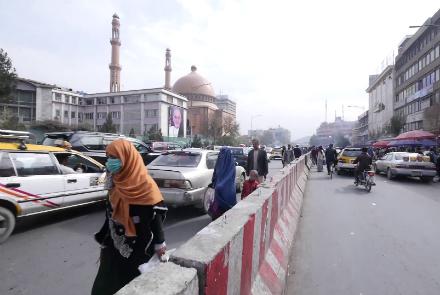A new study by the Central Statistics Organization shows that more than 18 million Afghans which makes 51.7 percent of the overall population are faced with multidimensional poverty.
The Afghanistan Multidimensional Poverty Index (A-MPI) which is jointly conducted by the Oxford University covers the scale of poverty in various areas such as education, health, security, employment and living standards of Afghans.
Based on the study, 32 percent of six-member families had only one working person.
The study shows that 48 percent of families have no educated woman.
The level of multidimensional poverty, according to the study, ranges from a low of 12 percent in Kabul to a high of 81 percent in Badghis province in the west of Afghanistan
According to the study, the level of multidimensional poverty among the urban population was recorded around 18.1 percent, 61.1 among villagers and 89 percent among the Kochi (Nomads).
The study shows that 58 percent of all multidimensional poor people in Afghanistan are children under the age of 18 years old.
At least six out of 10 children live in multidimensional poverty, and children under the age of 10 years old are the worst affected by poverty, the study shows.
One of the most crucial factors determining the level of poverty of children is the education level of their parents, the study shows.
“It helps us to invest in areas that we specifically need them,” said Ahmad Jawed Rasuli, the head of the Central Statistics Organization.
“They said that 33 percent of poor people are among the families who have four children or less than four children while 61 percent of poor people are among the families which have over 10 members,” the Minister of Economy Mustafa Mastoor told reporters at the launch of the survey.
In around 39 percent of the families, one child has been deprived of education, the study shows.
“Deprivation of children from school is the mother of all problems including premature employment, malnutrition, unequal mental and psychological growth of children,” said Faizullah Zaki, Minister of Labor, Social Affairs, Martyrs and Disabled.
“We do not measure poverty only in order to launch a new official statistics as important is that is nor the journalists much give a headline describing the level of poverty as necessary that also is. The main motivation is to link data and policy. So the measurement is a necessary precursor for action,” said Sabina Alkire, Director, Oxford Poverty and Human Development Initiative.


